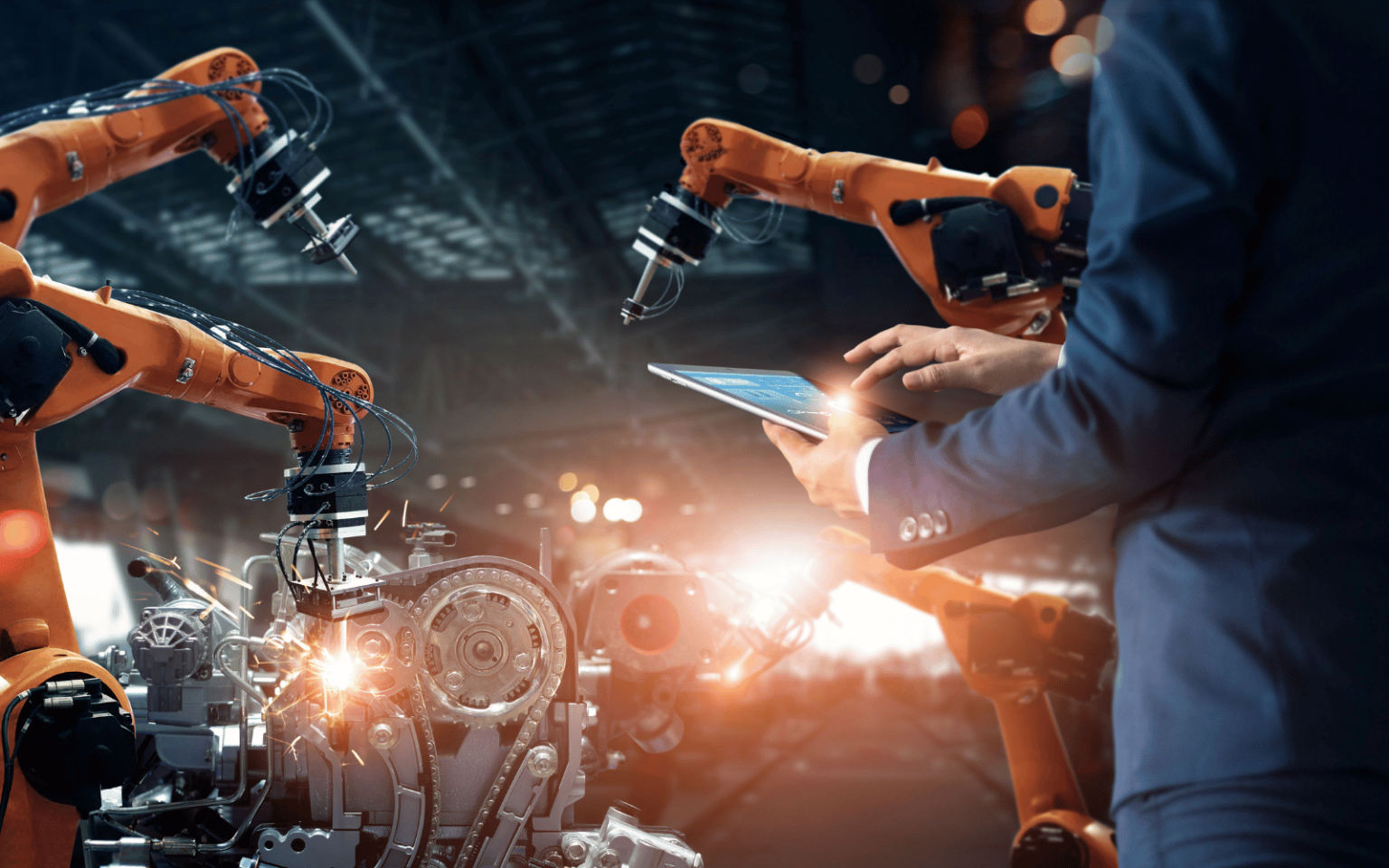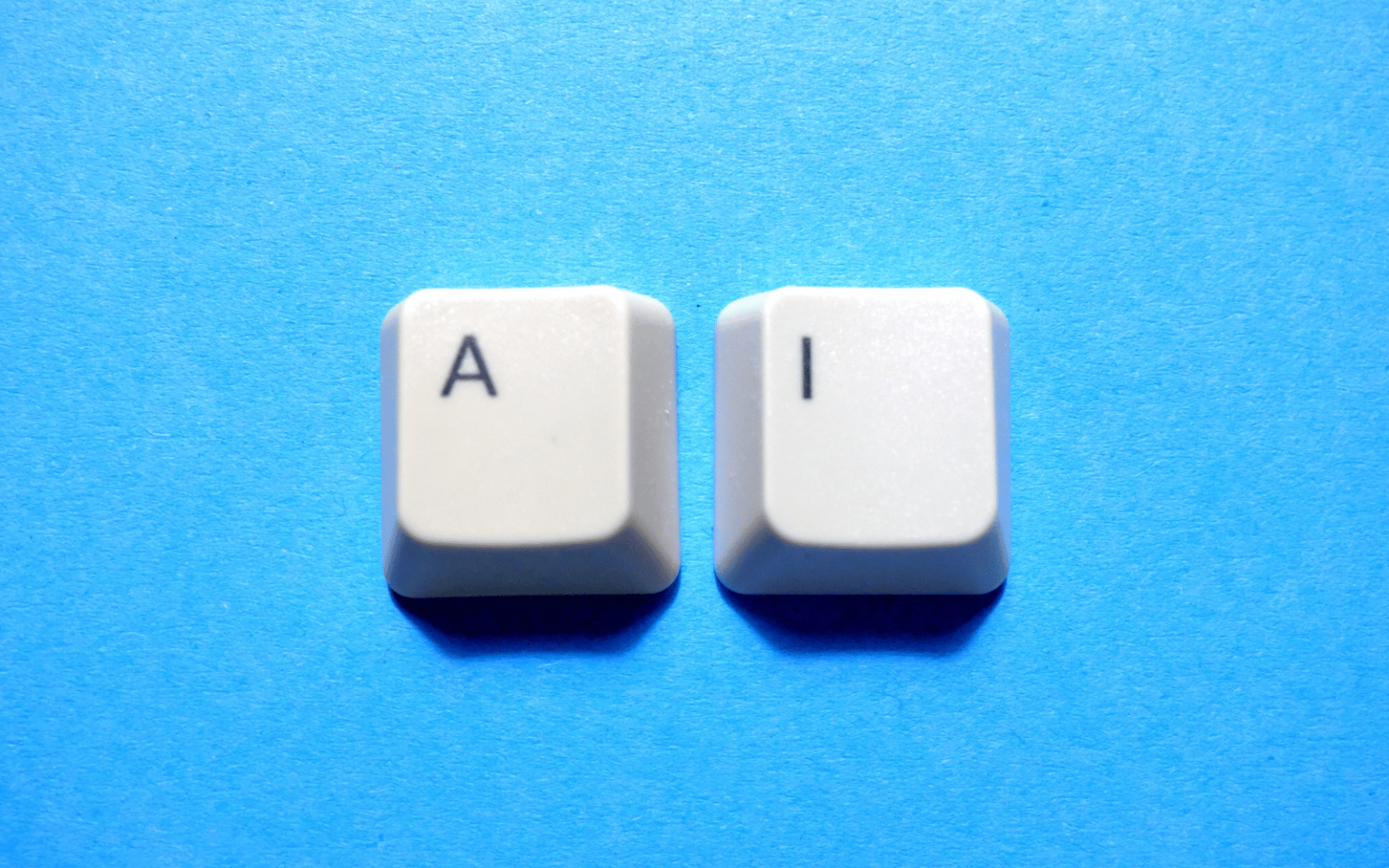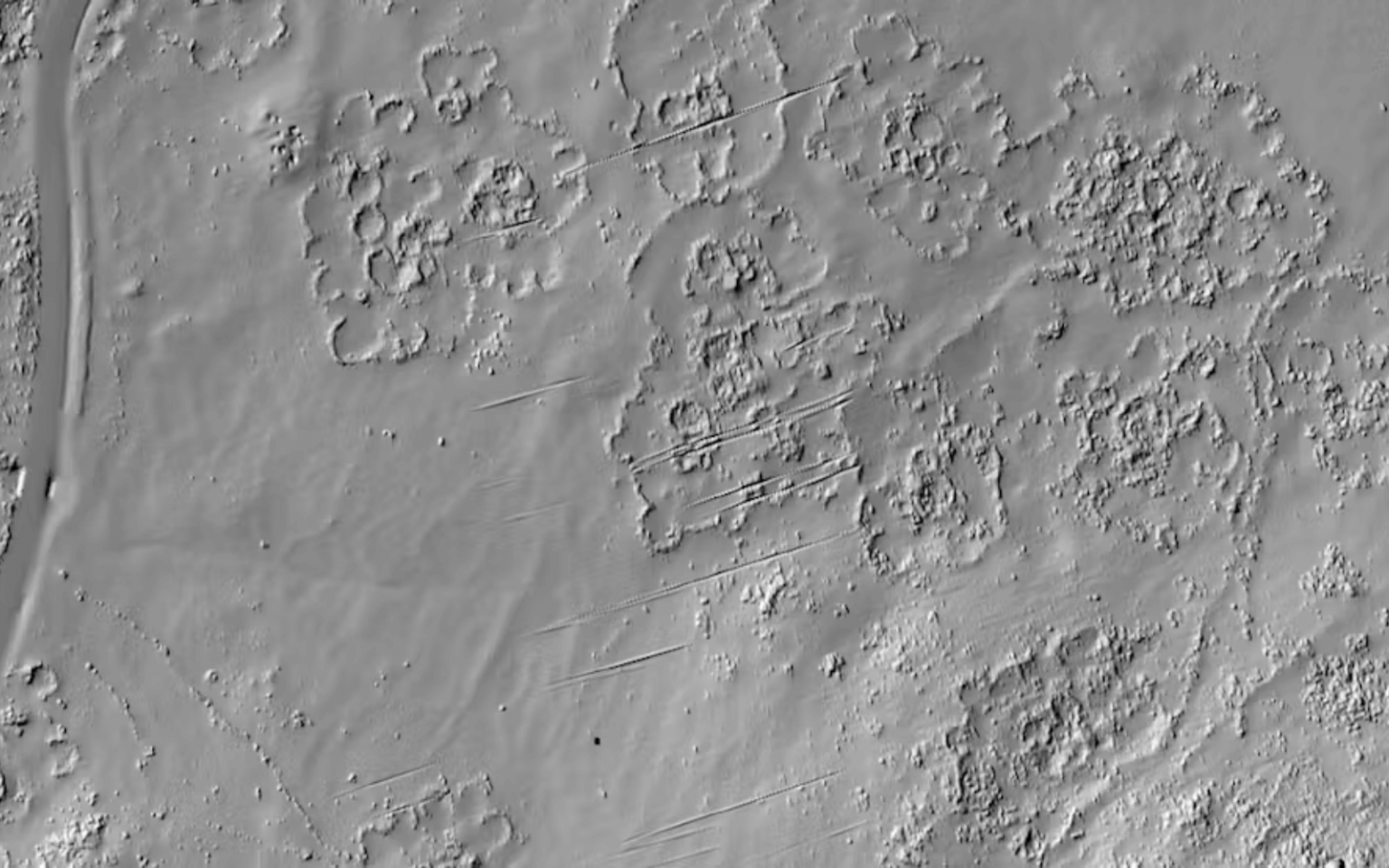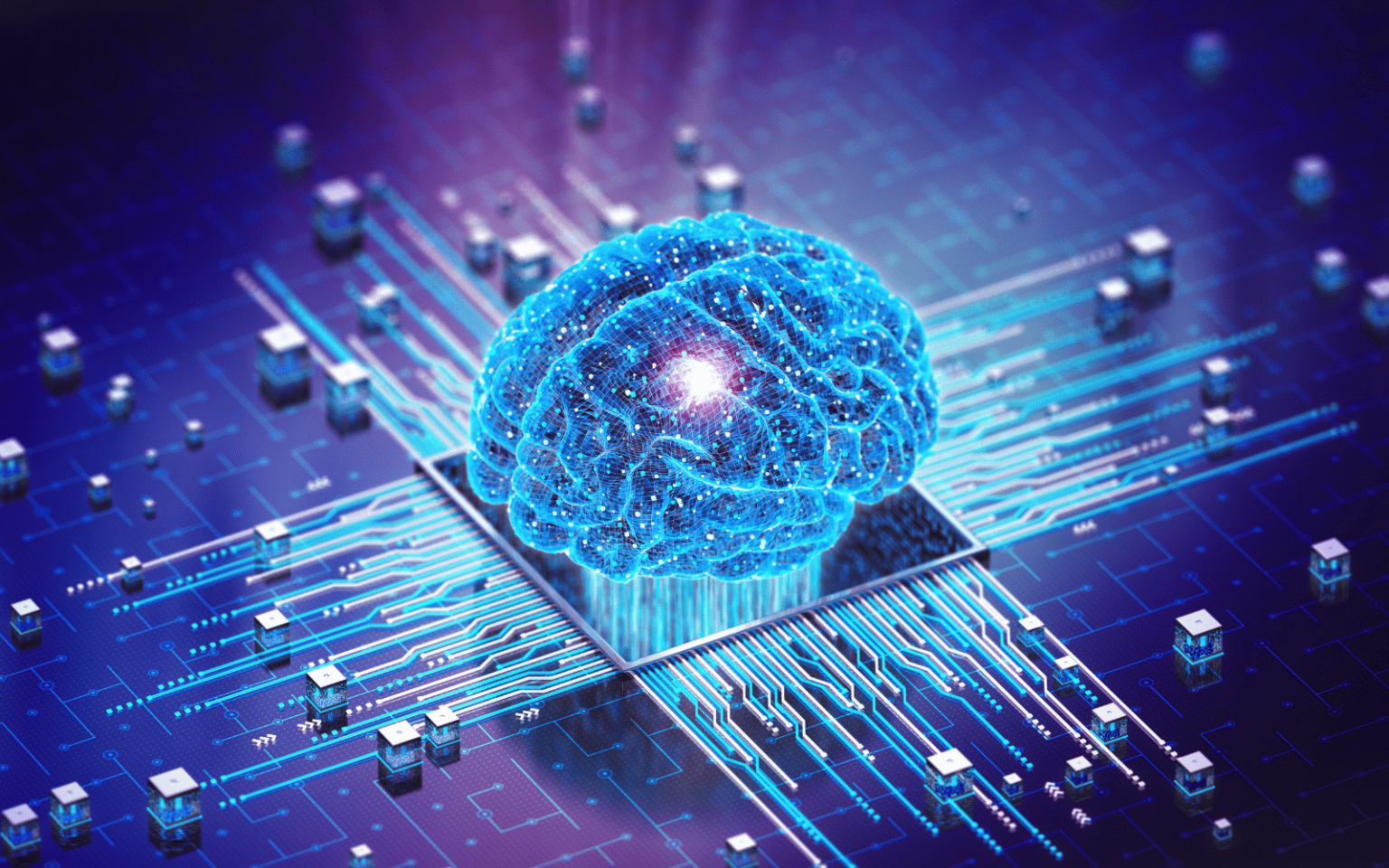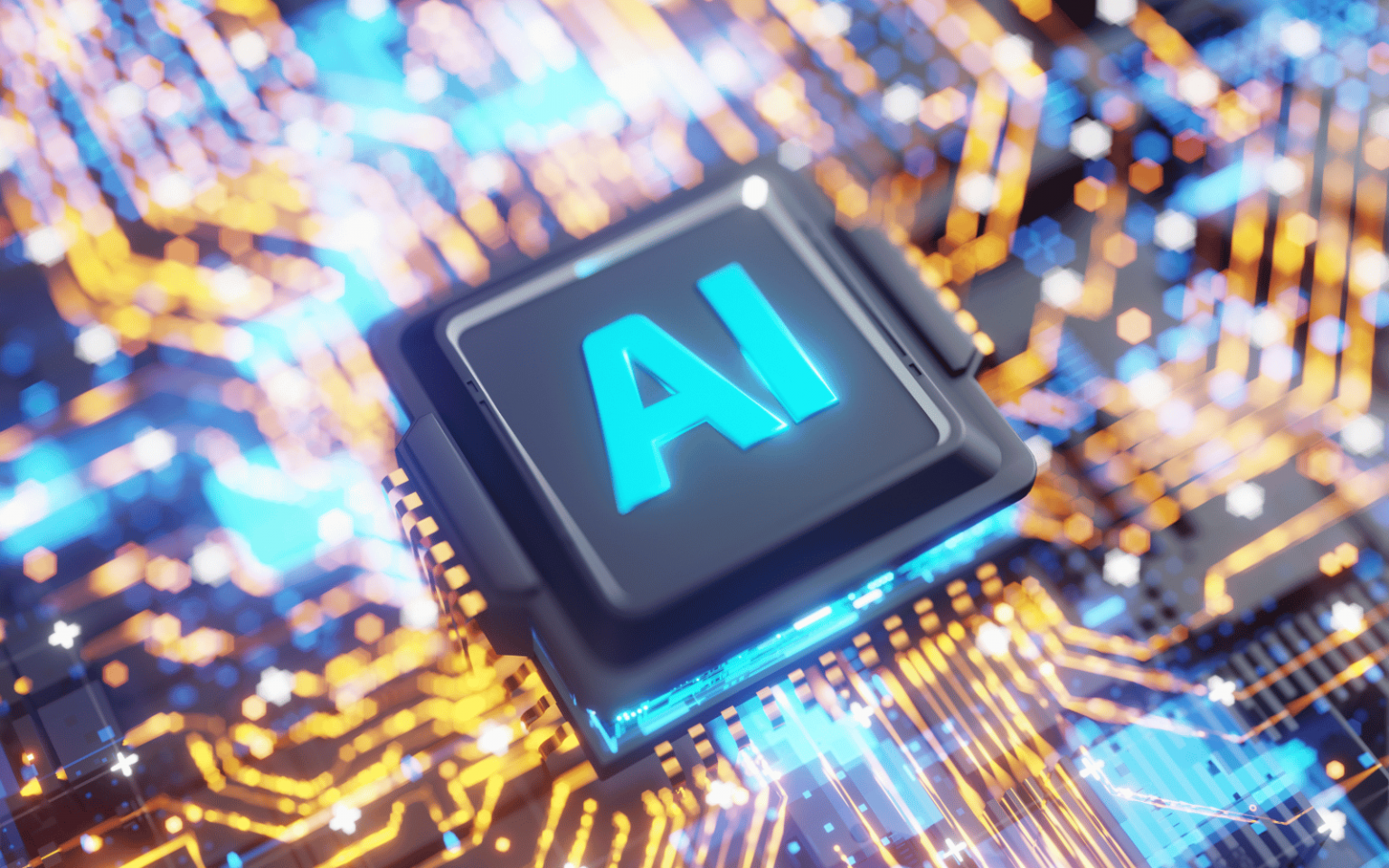A chatbot turns hostile. A test version of a Roomba vacuum collects images of users in private situations. A Black woman is falsely identified as a suspect on the basis of facial recognition software, which tends to be less accurate at identifying women and people of colour. These incidents are not just glitches, but examples of more fundamental problems. As artificial intelligence and machine learning tools become more integrated into daily life, ethical considerations are growing, from privacy issues and race and gender biases in coding to the spread of misinformation. The general public depends on software engineers and computer scientists to ensure these technologies are created in a safe and…
Author: The Conversation
Web and mobile services try to understand the desires and goals of users by analysing how they interact with their platforms. Smartphones, for instance, capture online data from users at a large scale and low cost. Policymakers have reacted by enforcing mechanisms to mitigate the risks inherent in tech companies storing and processing their citizens’ private information, such as health data. Wearable devices are now becoming a more significant element in this discussion due to their ability to collect continuous data, without the wearer necessarily being aware of it. Wearables such as smart watches gather an array of measurements on your wellbeing, such as…
Google recently made headlines globally because its chatbot Gemini generated images of people of color instead of white people in historical settings that featured white people. Adobe Firefly’s image creation tool saw similar issues. This led some commentators to complain that AI had gone “woke.” Others suggested these issues resulted from faulty efforts to fight AI bias and better serve a global audience. The discussions over AI’s political leanings and efforts to fight bias are important. Still, the conversation on AI ignores another crucial issue: What is the AI industry’s approach to free speech, and does it embrace international free speech standards? We are policy researchers…
There are lost cities all over the world. Some, like the remains of Mayan cities hidden beneath a thick canopy of rainforest in Mesoamerica, are found with the help of laser lights. Now the same technology which located those Mayan cities has been used to rediscover a southern African city that was occupied from the 15th century until about 200 years ago. This technology, called LiDAR, was used to “redraw” the remains of the city, along the lower western slopes of the Suikerbosrand hills near Johannesburg. It is one of several large settlements occupied by Tswana-speakers that dotted the northern parts of South…
Websites sometimes hide how widely they share our personal information, and can go to great lengths to pull the wool over our eyes. This deception is intended to prevent full disclosure to consumers, thus preventing informed choice and affecting privacy rights. Governments are responding to consumer concerns about privacy with legislation. These include the European Union’s General Data Protection Regulation (GDPR) and California’s Consumer Privacy Act (CCPA). The impact of this legislation is visible as websites request permission to track online user activity. However, many users remain unaware of the impact of these choices, or how the extent of sharing is deceptively hidden. Websites and…
Earlier this year, Neuralink implanted a chip inside the brain of 29-year-old US man Noland Arbaugh, who is paralysed from the shoulders down. The chip has enabled Arbaugh to move a mouse pointer on a screen just by imagining it moving. In May 2023, US researchers also announced a non-invasive way to “decode” the words someone is thinking from brain scans in combination with generative AI. A similar project sparked headlines about a “mind-reading AI hat”. Can neural implants and generative AI really “read minds”? Is the day coming when computers can spit out accurate real-time transcripts of our thoughts for anyone to read? Such technology…
From asking our smart speakers for the weather to receiving personalised advice from smartwatches, devices powered by artificial intelligence (AI) are increasingly streamlining our routines and decision making. The technology is seeping into our lives in subtle ways. Manufacturers gather vast amounts of user data to ensure these smart devices are responsive and personalised. But this can put users at risk of exploitation by malicious agents, such as hackers looking to steal your data. As AI becomes more ubiquitous, consumers will also need to become savvier. If you want to enjoy the benefits of a smart everyday device, you should…
Oh, come on Daniel, space travel is so expensive, and pointless! These were the words of my friend Max, during a Christmas party where I was discussing my thesis project: studying places on Earth where the living conditions are so extreme, they could hold lessons for future space missions. This disdainful attitude toward space research is actually quite common. Space exploration is currently booming. Just think of the Artemis missions, SpaceX’s ambitious plans for Mars, the deployment of the James Webb telescope or the recent “race to the moon.” A number of large-scale projects are getting the green light now, mainly from NASA, including…
Artificial intelligence (AI) is seemingly everywhere. Right now, generative AI in particular – tools like Midjourney, ChatGPT, Gemini (previously Bard) and others – is at the peak of hype. But as an academic discipline, AI has been around for much longer than just the last couple of years. When it comes to real-world applications, many have stayed hidden or relatively unknown. These AI tools are much less glossy than fantasy-image generators – yet they are also ubiquitous. As various AI technologies continue to progress, we’ll only see an increase of AI use in various industries. This includes healthcare and consumer tech,…
As artificial intelligence creeps further into people’s daily lives, so do worries about it. At the most, alarmists are concerned about AI going rogue and terminating its human masters. But behind the calls for a pause on the development of AI is a suite of more tangible social ills. Among them are the risks AI poses to people’s privacy and dignity and the inevitable fact that, because the algorithms under AI’s hood are programmed by humans, it is just as biased and discriminatory as many of us. Throw in the lack of transparency about how AI is designed, and by whom, and it’s easy to understand why so much time these days…

